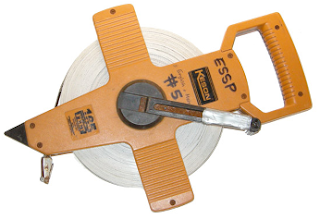


in this lab we found, counted, identified, and recorded the diferent animals in the tide pool. we would encounter animals that fall in to one of these nine phylum: porifera, cnidarians, plathelminthes, nematoda, mollusks, annelids, arthropods, echinoderms. we unreeled and layed down 20 meters of our transect line in a random area of the tide pool, then placed the quadrat at 0, 5, 10, 15, and 20 meters and counted, identified, and recorded the animals in to their correct phylum.
our research question was: which phyla most present in divercity and sheer amount in the south maui tide pool? I thought that molluskc would be the modst plentifull while cnidarians would be the most diverse. I was only half wrong, mollusks were the most plentiful but arthropoda was the most diverse. some sources of error weresplashing around and scaring away some of the creatures, not getting an exact count from not diging around in the muck and finding all of the animals.
I had lots of scientific fun during this lab especialy in the field. my team worked verry eficently together in the field. I love science so its hard for me to pick my favorite part but i would have to say that in this lab it was being in the water and colecting the data itself. I gained the skill of identifying animals and placing them in their phylum.
our research question was: which phyla most present in divercity and sheer amount in the south maui tide pool? I thought that molluskc would be the modst plentifull while cnidarians would be the most diverse. I was only half wrong, mollusks were the most plentiful but arthropoda was the most diverse. some sources of error weresplashing around and scaring away some of the creatures, not getting an exact count from not diging around in the muck and finding all of the animals.
I had lots of scientific fun during this lab especialy in the field. my team worked verry eficently together in the field. I love science so its hard for me to pick my favorite part but i would have to say that in this lab it was being in the water and colecting the data itself. I gained the skill of identifying animals and placing them in their phylum.
 this is what our gps devices look like
this is what our gps devices look like this is a pic of the second geocache we found
this is a pic of the second geocache we found

